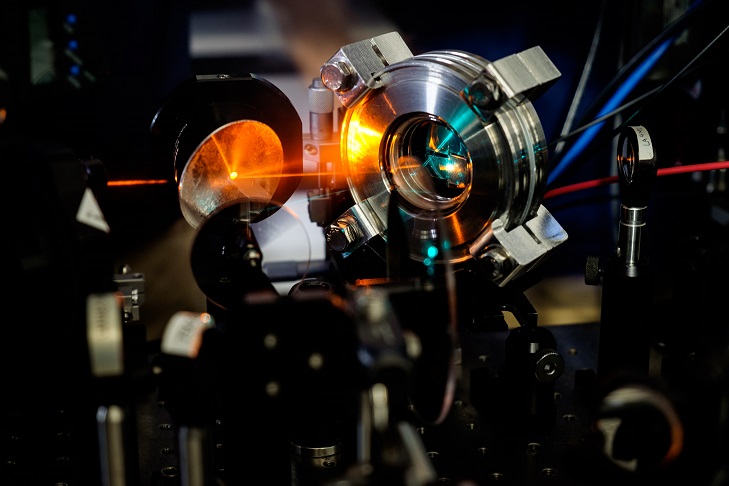Scientists at Nanyang Technological University (NTU) in Singapore and University of Groningen in the Netherlands have developed a method to observe the energy barriers that form between a perovskite and charge extraction layer, a method which they describe as “essential for the development of a new class of optoelectronics.”
‘Hot’ charges in solar are excess energy from light particles, which is lost as heat in most solar cells, as the material cannot extract the charge quickly enough (in less than one picosecond, according to NTU).
Previous work by the NTU group and others has identified perovskites as having properties which could slow down the hot charges (HCs) to around 150 picoseconds. With the right extraction material, this allow for the HCs to be harvested, greatly increasing the device efficiency. “Our latest findings show how ‘hot’ these charges have to be, in order to cross over the energy barrier without being wasted as heat,” explains Tze Chien Sum, Associate Chair (Research) at NTU’s School of Physical and Mathematical Sciences. “This highlights the need for better pairing of ‘extraction’ materials with perovskites if we want to lower this energy barrier for more efficient solar cells.”
In a paper published in Science Advances, the group describes a method employing pump-push-probe spectroscopy and femtosecond pulse lasers to watch the solar cells operating and measure processes “that occur roughly 100 billion times faster than a camera flash.”
In theory, perovskite cells that harvest HCs could reach efficiencies as high as 66%, if Auger recombination losses are also negligible. “HC extraction is therefore a highly desirable approach to exceed the fundamental Shockley-Queisser limit,” reads the paper. “…Nonetheless, the realization of HC extraction is extremely challenging in conventional semiconductors, given the competing and more energetically favorable ultrafast relaxation process.”
The group says that it will now focus on using its new method to test different materials for the extraction layers, and singling out those which could work to increase the performance of perovskite solar cells.
This content is protected by copyright and may not be reused. If you want to cooperate with us and would like to reuse some of our content, please contact: editors@pv-magazine.com.




By submitting this form you agree to pv magazine using your data for the purposes of publishing your comment.
Your personal data will only be disclosed or otherwise transmitted to third parties for the purposes of spam filtering or if this is necessary for technical maintenance of the website. Any other transfer to third parties will not take place unless this is justified on the basis of applicable data protection regulations or if pv magazine is legally obliged to do so.
You may revoke this consent at any time with effect for the future, in which case your personal data will be deleted immediately. Otherwise, your data will be deleted if pv magazine has processed your request or the purpose of data storage is fulfilled.
Further information on data privacy can be found in our Data Protection Policy.